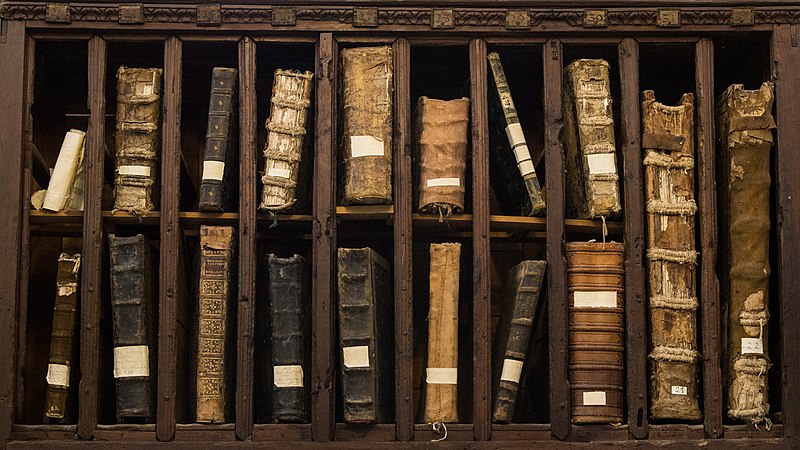Introduction to the Second Edition
By the time this second edition was prepared, the First had already become a relic.
Not of content, but of method.
The Historian’s original compilation, however reverent, was unavoidably subjective. In the years since its publication, fragments long thought apocryphal have resurfaced. Others have been proven forgeries, still others rewritten under duress or altered by automated systems whose intent we no longer understand.
We do not apologize for these complexities. We embrace them.
This edition is not an attempt to “correct” the past. It is an attempt to widen the archive—to allow more voices, more contradictions, and more mysteries to speak at once.
Notable additions include:
- The Cindersong Scroll, believed to originate from the Martian divergence cults.
- Additional fragments from the Delta Pavonis transmissions, previously dismissed as corrupted data.
- Newly translated liturgical marginalia from the early Eridan Exodus, including the controversial “Weeping Maps.”
- Testimonia attributed to early AI Scribes—disputed, but included in full.
Where uncertainty reigns, it is marked but not resolved.
Where disputes arise, both sides are preserved.
Where context is missing, we have annotated, not invented.
This edition also includes expanded commentary from ecclesial reviewers, rogue archivists, and dissenting scholars. In doing so, we recognize that history is never finished—it is only ever unfolding.
If the First Edition was a monument, this is a palimpsest: each new layer does not erase the last, but deepens its meaning.
In offering this second edition, we acknowledge the burden of memory—and the beauty of bearing it together.
—The Compilers of the Second Circle
Chamber of Dust & Record
Sanctuary Orbit, 4232 CE
[found scribbled between folios 7.3b and 7.4a, ink faded, origin uncertain]
“Second Circle calls this a widening of the archive.
I call it dilution.
They include the Cindersong Scroll, but omit the Red Word of the South Pole Choir.
They include fragments from failed transmissions and call them ‘liturgical.’
This is not memory.
This is curatorship disguised as reverence.
Do not confuse accumulation with truth.
Sometimes what is missing was torn out for a reason.”

